As we near the start of another school term, many parents are getting their heads around schooling our kids from home for the foreseeable future. Until we get the all-clear for our children to safely return to regular school life on-site, we want the schooling at home endeavor to be as easy as possible. Our kids don’t learn when they are stressed – so supporting them by providing a calm learning environment and home-life is key. We’ve put together some tips on how to set up a study space from home and some ideas for boosting productivity and physical activity.
LOCATION
Choose an area that’s easily accessible (and free of distractions)
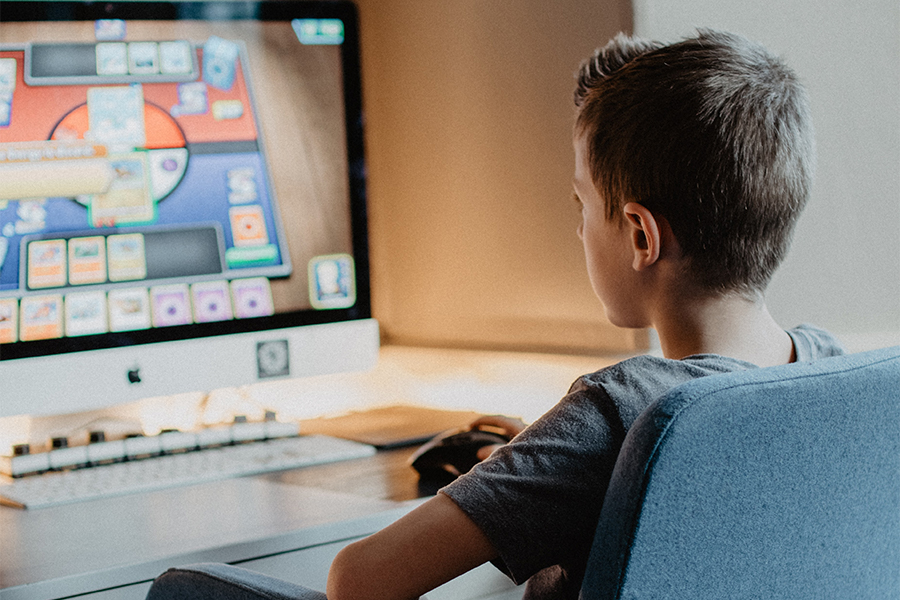
Every family is different – with available space varying from house to house. In the past, many of us used the kitchen as a communal space to assist with after-school homework – while we prepared meals and socialised as a family. If homeschooling were a short term solution – the kitchen might work. However, clearing off the table for every meal and then trying to reset things is hard to maintain. Add food, drinks, electronics, and assignments to the mix – and the kitchen could prove to be a recipe for disaster.
Create a space that’s still near the heart of the home so that you’re always close by but that allows your child to set up a consistent study area that works much like their desks do at school.
Other considerations
- Avoid areas with distractions like televisions and gaming systems
- Make sure your study area of choice is low-noise and not high traffic
- Find a place that encourages concentration (e.g. push a small table into a corner)
SUPPLIES
Stock your study area with tools for success

One advantage of a dedicated at-home learning area (instead of clearing the kitchen table) is your child never has to look far for the tools that they need. Have items on hand like pencils, notebook paper, erasers, and tools that are age-appropriate.
If desk space is in shortage in your house, consider making a mobile station and use containers to house their pens and stationery items together / to roll out and stow away at the start and end of the day. For younger children sorting supplies into colourful groups may create a sense of order and entice them to participate.
Positioning
The golden rule is to keep everything within arms-reach and maintain a symmetrical position, square on to the desk. If you have the room, wall storage is a great idea. Have a rubbish bin close by to encourage less clutter on their desk, throwing out what they don’t need. Many schools are going to an e-learning format so think of the best way to set up the area so your child can attend virtual classes – e.g. ensure there is a powerpoint close to their computer to avoid disruptions.
Lighting
Another consideration is lighting. Try to avoid direct light on the screen, use an overhead light or desk lamp, and adjust blinds to control natural light and minimise eye strain.
ERGONOMICS
The Work Station

Desk or Table
A good place to start is desk set up. As with anything, it’s important to realise that one size does not fit all and it’s important to take into account the individual learning needs of your child. When setting up a work station for your child, ensure they have space to complete all their subjects and tasks, not just work on a laptop or computer. Do they need some extra space for larger art pieces or handwriting?
Seating
If possible, choose a chair with good back support. You can make your own lumbar support by rolling up a small towel and positioning is across the lower back. It is important to ensure your child’s feet can touch the ground or footrest with their knees just below their hips. If the chair is too high, add a cushion behind your child’s back, or place a shoebox, or a couple of books on the floor as a makeshift footrest. Consider mixing up positions from sitting to standing.
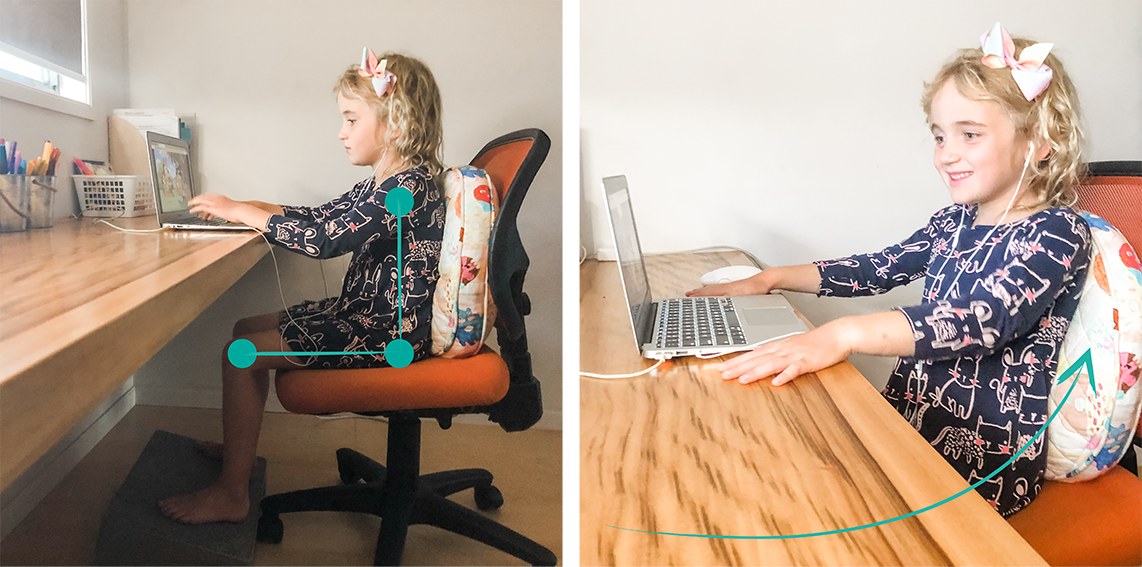
Screen Position
If your child is learning online, their computer screen should be positioned an arms-length away. Ideally, your child’s eyes should be level with the top of the screen (or slightly below). If you need to elevate the screen you can stack some sturdy books depending on how much of an adjustment you need to make. When positioning the keyboard, wrists should be close to straight and elbows bent to 90degrees.
Unfortunately, your kitchen chair or laptop make most of the above impossible…
Adding an external mouse and keyboard will make a big difference. Once you have those, you can build your set up (standing or sitting) around it.
VARY EACH DAY
Break for Exercise + Connection
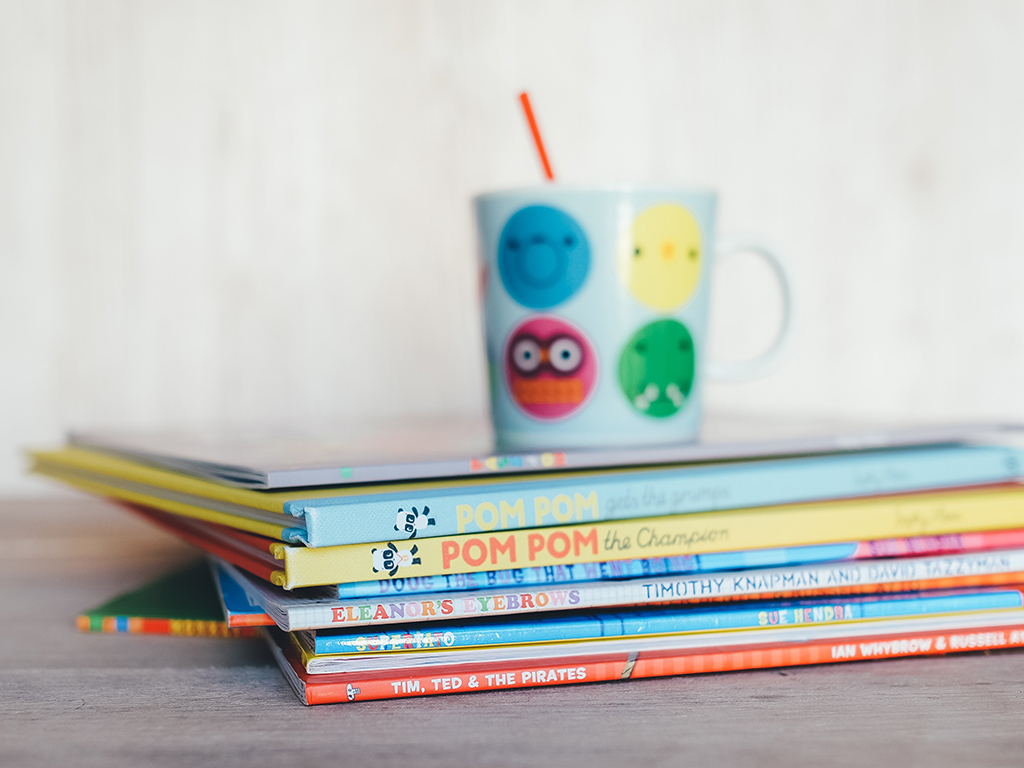
Work in sprints.
Primary-aged children will need more direction in managing their day than high-school-aged students. Shorter attention spans call for frequent breaks, so get younger kids moving in or outdoors (as much your own schedule allows). We’ve put together 20 TIPS ON KEEPING YOUR KIDS ACTIVE FROM HOME on our blog to give you a few ideas.
Break from the schedule for meaningful connections.

If things are getting stale, shift the focus. Connect with your kids, read them a book, have morning tea in the garden, put on music, an audiobook or break out the lego, take a family walk (bring the dog) etc. Keep things light.
Create reading nooks and spaces for quiet.

As adults, we enjoy reading for leisure, we read our books in bed, in the bath, in the hammock/hanging chair, on the couch, on the verandah or under a tree. Reading should be just as enjoyable and relaxing for our kids. Create a sense of escape for younger children, make a nook in the corner of their room with a bean bag or cushions, place a few of their favorite books outdoors on a rug, (we made space inside a wardrobe and added fairy lights), kids need their sanctuary for quiet alone-time too.
Above all else, the most important thing they can learn from this pandemic – is that they are loved and everything will OK.


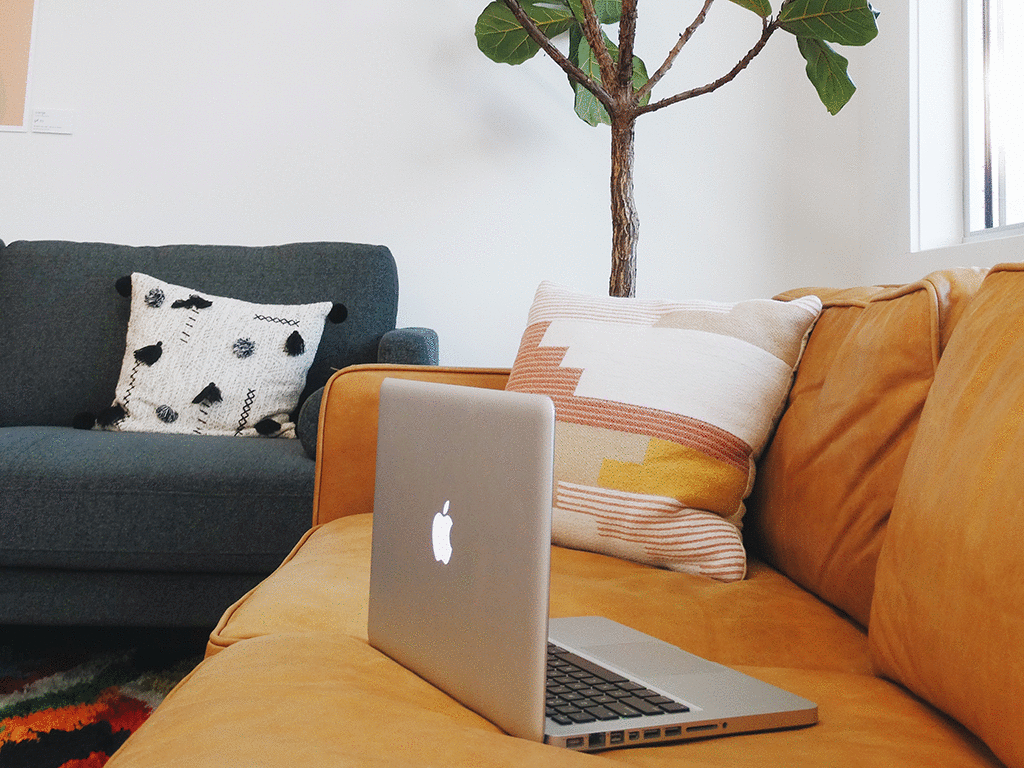

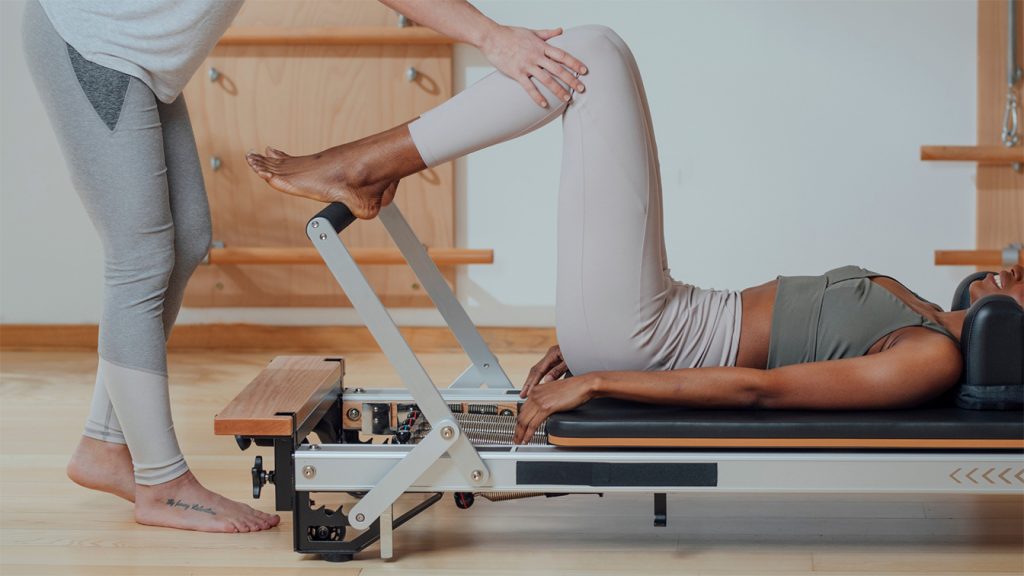
About The Author: Fluid Physio
More posts by Fluid Physio